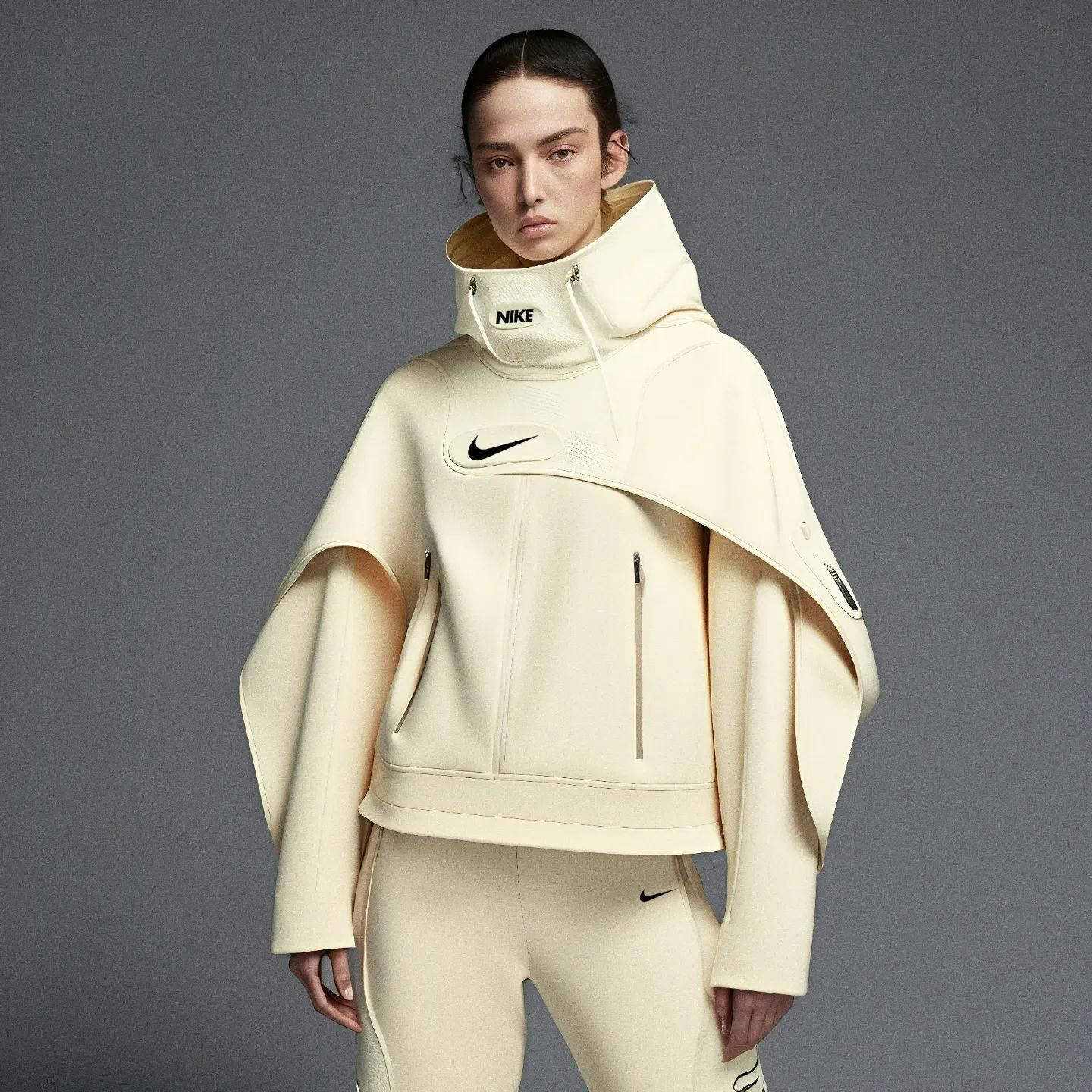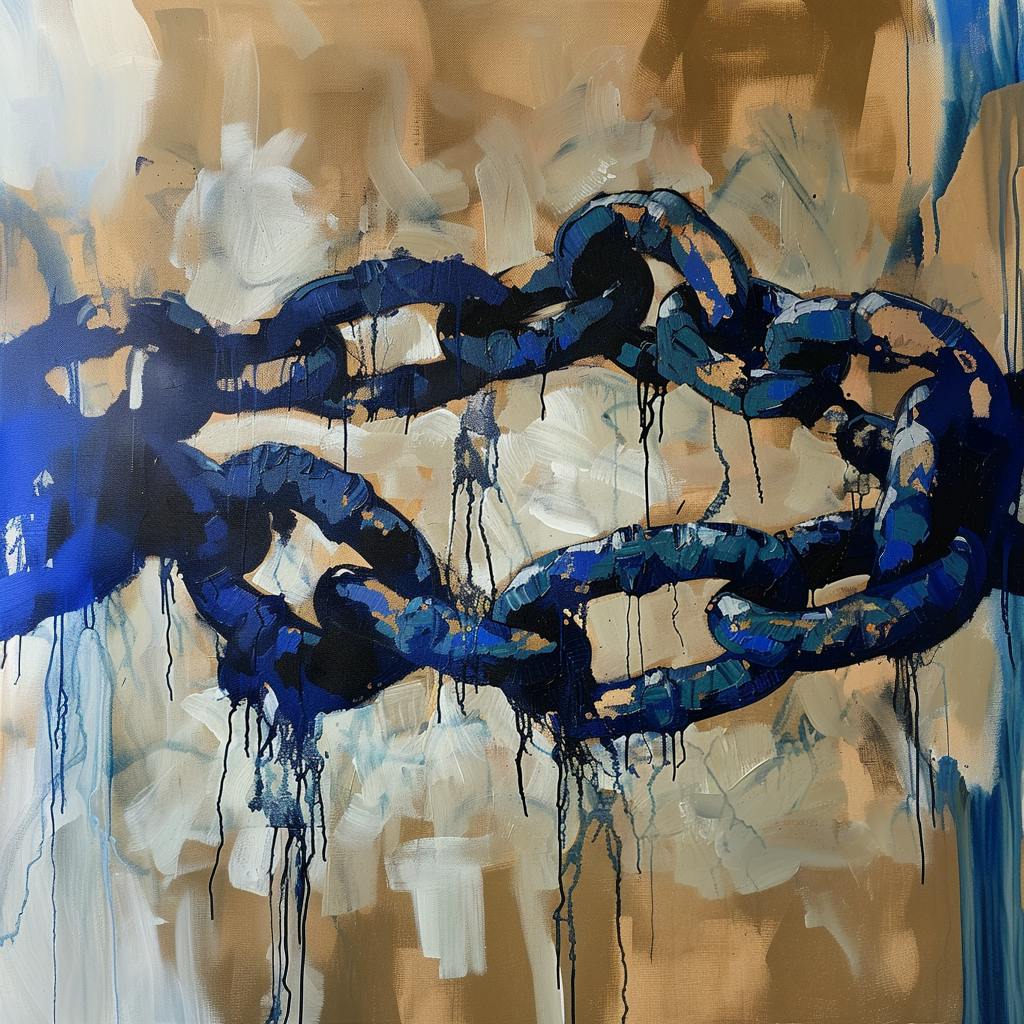Does AI pose a threat to digital design?
-
Auckland
XX:XX:XX GMT+XX
Does AI pose a threat to digital design? The rapid rise of Artificial Intelligence (AI) in the digital sphere has been hard to ignore. With our in-home and pocket virtual assistants, Siri and Alexa, becoming commonplace businesses are also exploring the ways in which AI can be used to improve their products and services. Fears that artificial automation will eventually replace the human task force are not new, but with AI’s advancing artistic abilities, creative fields like digital design might find themselves more at risk than people previously thought possible.

Made with Midjourney V5, prompting "A still life of a king protea bred with a tulip"
In recent years, the influence of AI has become increasingly prevalent in website design, due to its ability to generate complex designs almost instantaneously. With such cost effective efficiency, is it realistic to assume that at some point in the near-future web designers and studios could become obsolete to the digital design process?
AI Advancements
How the rise of AI design might impact web design
By providing faster, more efficient and cost effective solutions, AI has the potential to revolutionise digital design - and artificial capabilities are quickly evolving. Already AI has the ability to create self-updating DOM from user interfaces, and alter visual elements on sites such as animations, fonts and other graphical information. With the right implementation and further development, it’s not inconceivable that AI-generated design might bypass the need for human involvement.


"Car Meet", AI generated photographs by Sam Finn
AI Algorithms
The sophistication of AI algorithms has become so advanced that they can be used to create complex, intricate patterns and generate unique images, all from a simple brief and in a fraction of the time. They are also capable of analysing a website’s design and suggesting improvements based on user feedback, making it easier for designers to make refinements to their work.
AI art has taken the digital world by storm, prompting outrage from artists around the world, as now anyone with internet access can instantaneously “create” unique works of art with the paint-free click of a button. New algorithms allow AI to create realistic 3D models from 2D images, enabling the creation of photorealistic digital images. AI is also being used to generate realistic speech and text, allowing for the creation of convincing audio and written copy.
So, not only can AI design a site, it can populate it with original, brief-specific content - without the need for a team of creatives.
Ethical Implications and The ChatGPT case.
It’s apparent that AI has the potential to make our jobs easier by reducing workload through automation. However, the ethical implications of artificial intelligence are becoming a major concern among industry professionals and the public alike. As AI technology progresses, so does the risk of misuse.
In 2019, ChatGPT, an AI-based chatbot, faced a court case over use of algorithms to generate copyrightable content. It was argued that this violated copyright laws, but the court ruled that ChatGPT had no capacity to be liable, as the algorithms weren't owned by the company. This case sets a concerning precedent for AI’s involvement in creative industries, highlighting the potential implications of AI’s ability to create content without infringing copyright laws in copyright-sensitive industries.
In comparison to traditional human design, AI inarguably presents a more cost-effective solution. But in a creative industry, efficiency doesn’t necessarily equate to the most effective outcome. Is the content that AI generates actually better than specialist human design, or do these algorithms merely explore human-made work, by altering it just enough that it appears new - and evades copyright infringements?
Controversy over job security
The growing sense of unease surrounding job security is beginning to dominate discussions around AI advancements. If algorithms can perform a task at a similar quality, for a fraction of the time and price, why wouldn’t businesses replace their human workforce with an automated army of round the clock workers?
But even if AI algorithms become more widely used by digital design studios, they still need someone to set the brief for the design work, and to ensure the end result is suitable and of high-enough quality. However, that job could be done by one person, rather than a team of designers.
The potential for AI to result in significant job loss has resulted in backlash from many designers. Leading to online forums pressuring studios to hire people instead, and threatening to boycott studios using AI. But even if an anti-AI movement gained momentum, that moral high-ground will likely be unaffordable for small businesses, as new technology becomes readily available online.
In a way, the accessibility of AI design creates a more equal platform for people to acquire original digital work. It also wouldn’t be the first time jobs have been lost as a result of digital advancements. Film projectionists, telegraphists, and darkroom technicians all once had full time careers that were made redundant by ‘robots’ (aka. computer, phones and photoshop).
Perhaps that’s just the risk you take when choosing to pursue a technologically based profession - that one day the machines may take over, and provide future generations with a host of brand new jobs and accessible tools - like the ones we now use daily.


"Culture Shock" AI Generated photos by @katiemorris.art
Limitations of AI in regard to creativity and client relations
Although AI has the potential to revolutionise web design, there are limitations to the technology when it comes to creativity and client relations. AI currently only has the capacity to generate content based on what already exists, and therefore cannot truly create something new.
This limitation has allowed web design studios to remain competitive, as they are still able to provide innovative solutions that AI cannot replicate. Despite impressive technological advancements, AI cannot replace human creativity and is therefore not a substitute for designers - yet.
Client relations and designing beyond the brief
AI-assisted customer service is becoming a viable option for digital studios. Algorithms now have the ability to provide customers with a more personalised experience; saving designers time and money by automating mundane tasks. However, AI lacks the ability to interpret a customer's feelings and needs, and therefore the capacity to provide a personalised experience with the same level of service as a human.
Customer service is also a core part of our work as a digital studio. So much of what we do revolves around working closely with clients, who may not be able to accurately articulate their ideas. It’s our job to interpret their vision based on their industry, target audience, desired impact and brand identity. We specialise in designing beyond expectations; creating cutting edge platforms that clients require to elevate their brand.
While AI is an expert at following instructions and designing exactly to a brief, are these algorithms too literal to be considered truly innovative? Creativity is reading between the lines of the brief, not replicating it word for word in a different format.
Working with AI
The middle ground
Although we’ve focused on the potential threat of AI to overtake our industry, it is worth noting AI has also had a positive impact on digital design. AI's ability to generate images and animations almost instantaneously and automate mundane tasks, does save designers and their studios time and money.
AI is already revolutionising web design by providing faster, more efficient and cost-effective solutions. So rather than viewing AI as a threat, it is arguably more advantageous to work alongside it.


AI generated fasion designs. Images above and article cover image supplied via artist @str4ngething
For Example
After all, AI has the ability to assist in all facets of digital development. For example, this blog was written using Notion’s AI-based writing assistant (with a little oversight from our human copywriter).
Notion’s easy to use AI-assisted writing tool is able to generate content based on user instructions, and suggest improvements based on user feedback. This is a prime example of how AI technology allows us to generate content quickly and accurately, helping designers and studios remain competitive in the ever-changing web design industry.
After discussing the pros and cons, it seems there is still a place for human creativity in the digital design process. Although we have not yet been made superfluous by our artificial counterparts, there is a lot to be gained by integrating AI into the design process.



